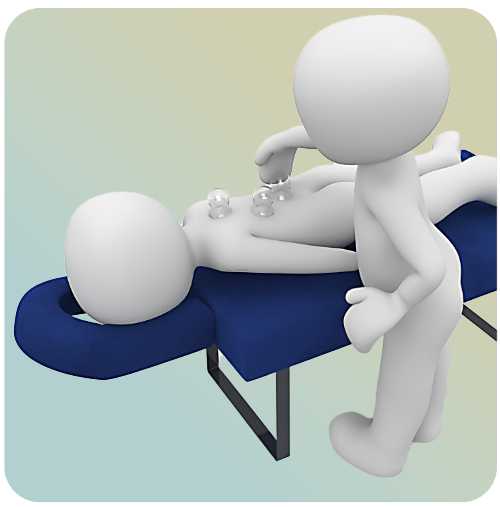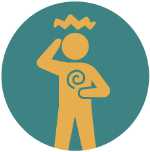Cupping Therapy:
Ancient Detox or Modern Hype?
Cupping therapy has gained attention in recent years thanks to photos of Olympic swimmers and celebrities sporting mysterious round marks on their backs and shoulders. But while it may look like a trendy wellness hack, cupping has deep roots in Traditional Chinese Medicine (TCM)—and it’s been used for centuries to promote healing, ease pain, and support the body’s natural detox processes.
At its core, cupping involves placing glass, bamboo, or plastic cups on the skin to create suction. In traditional fire cupping, a flame is briefly introduced into the cup to create a vacuum before it’s quickly applied to the skin. In modern practice, suction can also be created using a hand pump. The cups are left in place for several minutes, drawing the skin upward and encouraging local circulation.
But why do this at all? In TCM, cupping is often used to “move stagnation” and “release the exterior”—terms that refer to clearing blocked qi (气) and helping the body expel external pathogens like cold and wind. This makes cupping a go-to treatment for muscular tension, colds and coughs, and certain types of pain. The suction increases blood flow, relaxes muscles, and may help flush out metabolic waste through the lymphatic system.
From a modern perspective, cupping is thought to help reduce inflammation and promote tissue recovery. That’s why athletes use it—especially after intense training. But it’s not only for sports injuries. Many people find cupping helpful for neck and shoulder stiffness, tension headaches, back pain, and even menstrual cramps. Some practitioners use moving cupping, where oil is applied to the skin and the cups are gently slid along the muscles to loosen fascia and stimulate deep tissue release.
And those famous marks? They’re not bruises, though they may look like it. The color left behind is often seen as a diagnostic clue in TCM. A dark purple circle might suggest deeper stagnation, while a light pink mark may indicate mild tension. The marks usually fade within a few days and don’t hurt.
Is it for everyone? Not necessarily. Cupping shouldn’t be done over broken skin, and people with certain medical conditions may need to avoid it. But when used skillfully by a trained practitioner, cupping can be a safe and relaxing complement to other treatments.
So whether you’re curious about those circular souvenirs or looking for relief from nagging tension, cupping might be worth exploring—not just for the photos, but for the healing tradition behind them.
Vocabulary Guide:
- Qi (气): The body’s vital energy, responsible for health and balance in TCM.
- Stagnation: A TCM term for blocked or sluggish flow of qi and blood, often linked to pain or tension.
- Fire cupping: A traditional cupping method that uses heat to create suction in a glass cup.
- Moving cupping: A technique where suction cups are glided across oiled skin to relieve muscle tension.
- Release the exterior: A TCM phrase describing the treatment of early-stage colds or other surface-level conditions by opening the pores.





